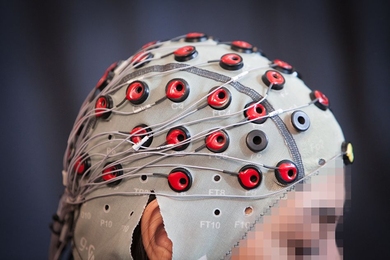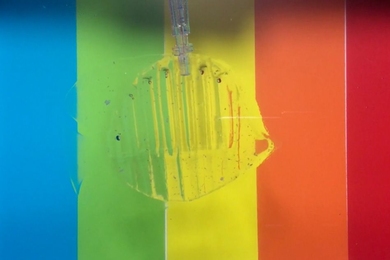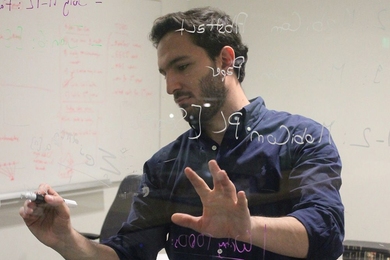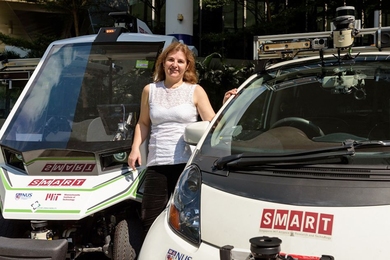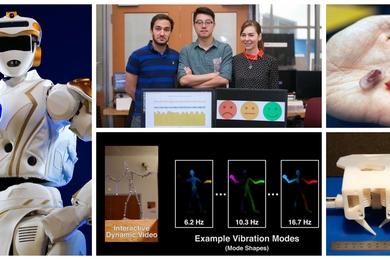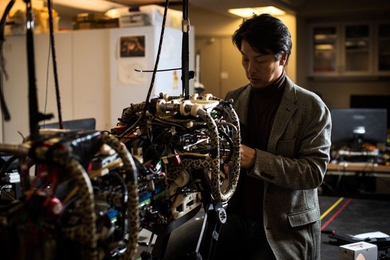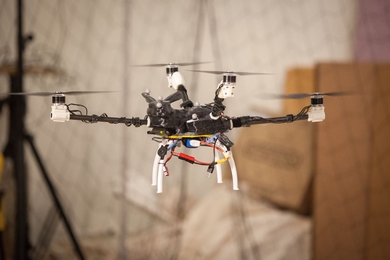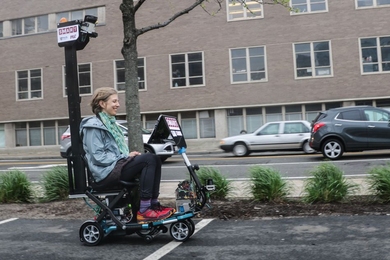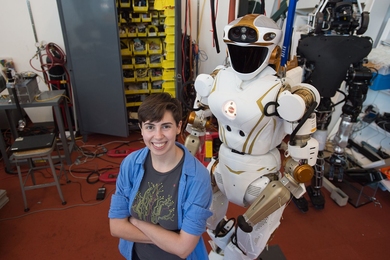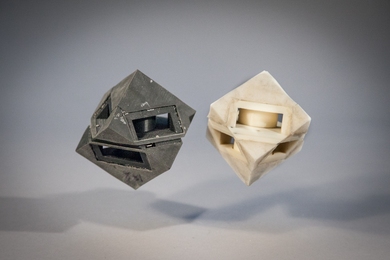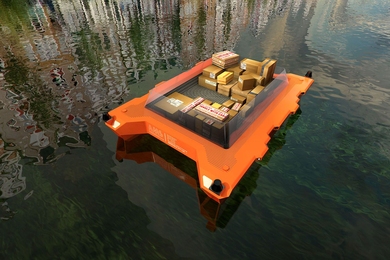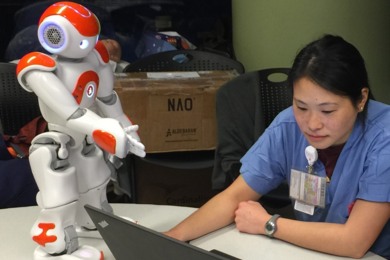Transparent, gel-based robots can catch and release live fish
Made from hydrogel, robots may one day assist in surgical operations, evade underwater detection.
Fadel Adib joins Media Lab faculty
Adib is directing a new research group at the Media Lab, aiming to uncover, analyze, and engineer natural and human-made networks.
SMART automation
MIT Professor Daniela Rus combines automation and mobility to create a smarter world.
MIT Media Lab to participate in $27 million initiative on AI ethics and governance
Fund establishes a global initiative to advance artificial intelligence research for the public good.
Ingestible robots, glasses-free 3-D, and computers that explain themselves
A look at 16 of the coolest things that happened at the Computer Science and Artificial Intelligence Laboratory in 2016.
Taking a leap in bioinspired robotics
Mechanical engineer Sangbae Kim builds animal-like machines for use in disaster response.
Making big data manageable
Technique shrinks data sets while preserving their fundamental mathematical relationships.
Design your own custom drone
CSAIL system lets users design and fabricate drones with a wide range of shapes and structures.
Driverless-vehicle options now include scooters
Self-driving scooter demonstrated at MIT complements autonomous golf carts and city cars.
Electric motors find new roles in robots, ships, cars, and microgrids
James Kirtley discusses the transition from gas to electric motors and the impact these motors have had on modern technologies.
Prepping a robot for its journey to Mars
Senior Sarah Hensley aims to improve Earth's most advanced humanoid robot, in advance of its trip to the Red Planet.
3-D-printed robots with shock-absorbing skins
By “programming” customized soft materials, CSAIL team can 3-D print safer, nimbler, more durable robots.
An autonomous fleet for Amsterdam
MIT, AMS Institute will collaborate to solve complex urban problems for Amsterdam with the development of autonomous "roboats."
Robot helps nurses schedule tasks on labor floor
System from Computer Science and Artificial Intelligence Lab suggests where to move patients and who should do C-sections.
